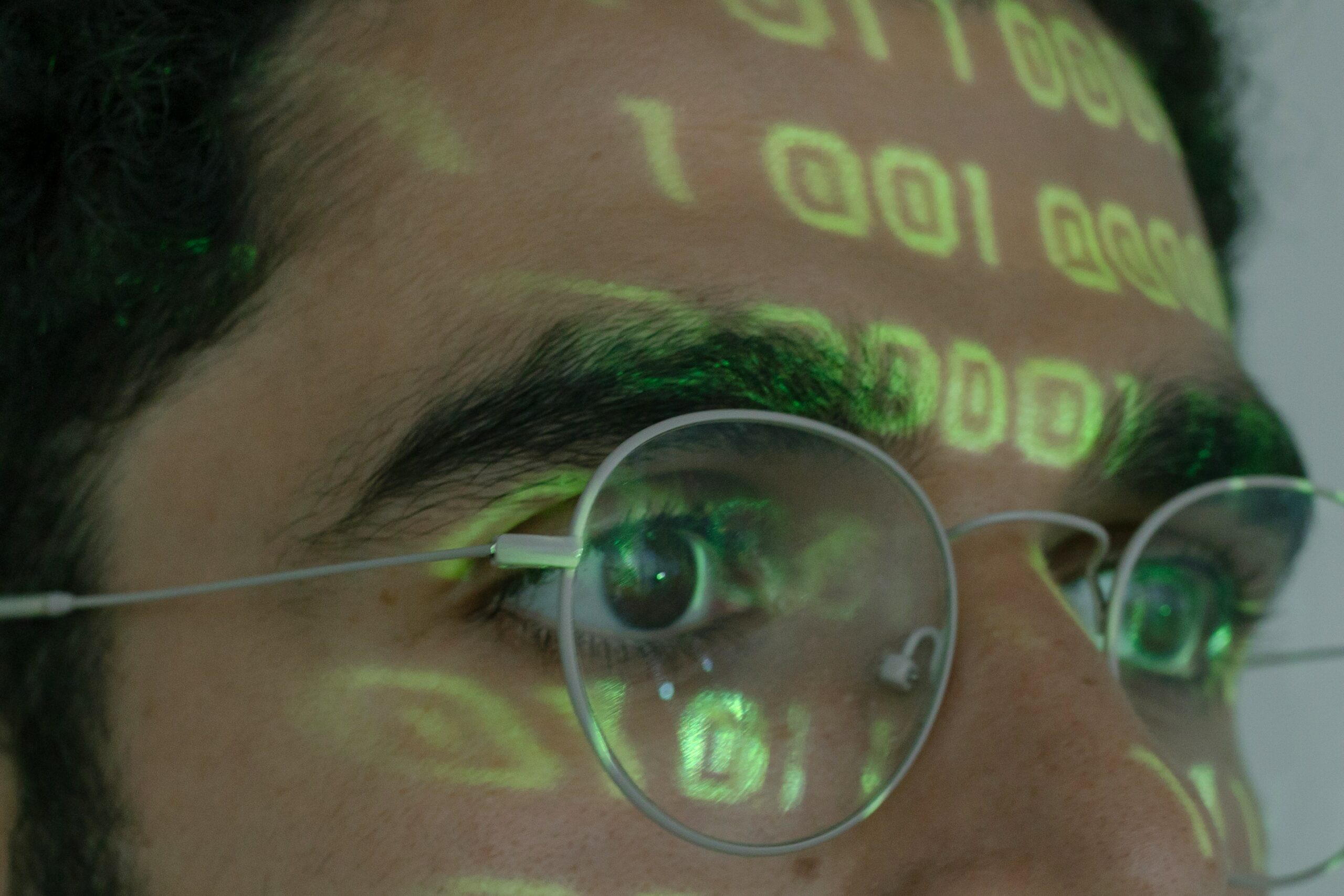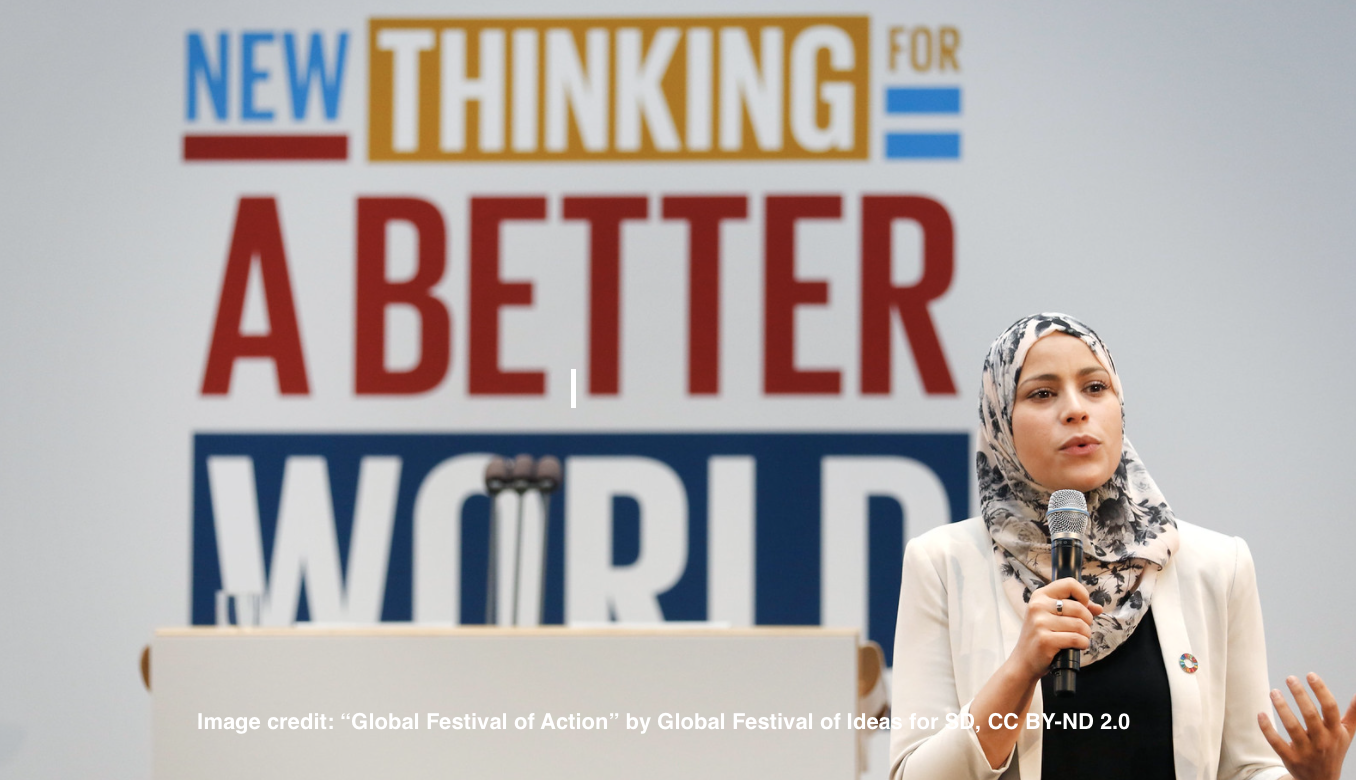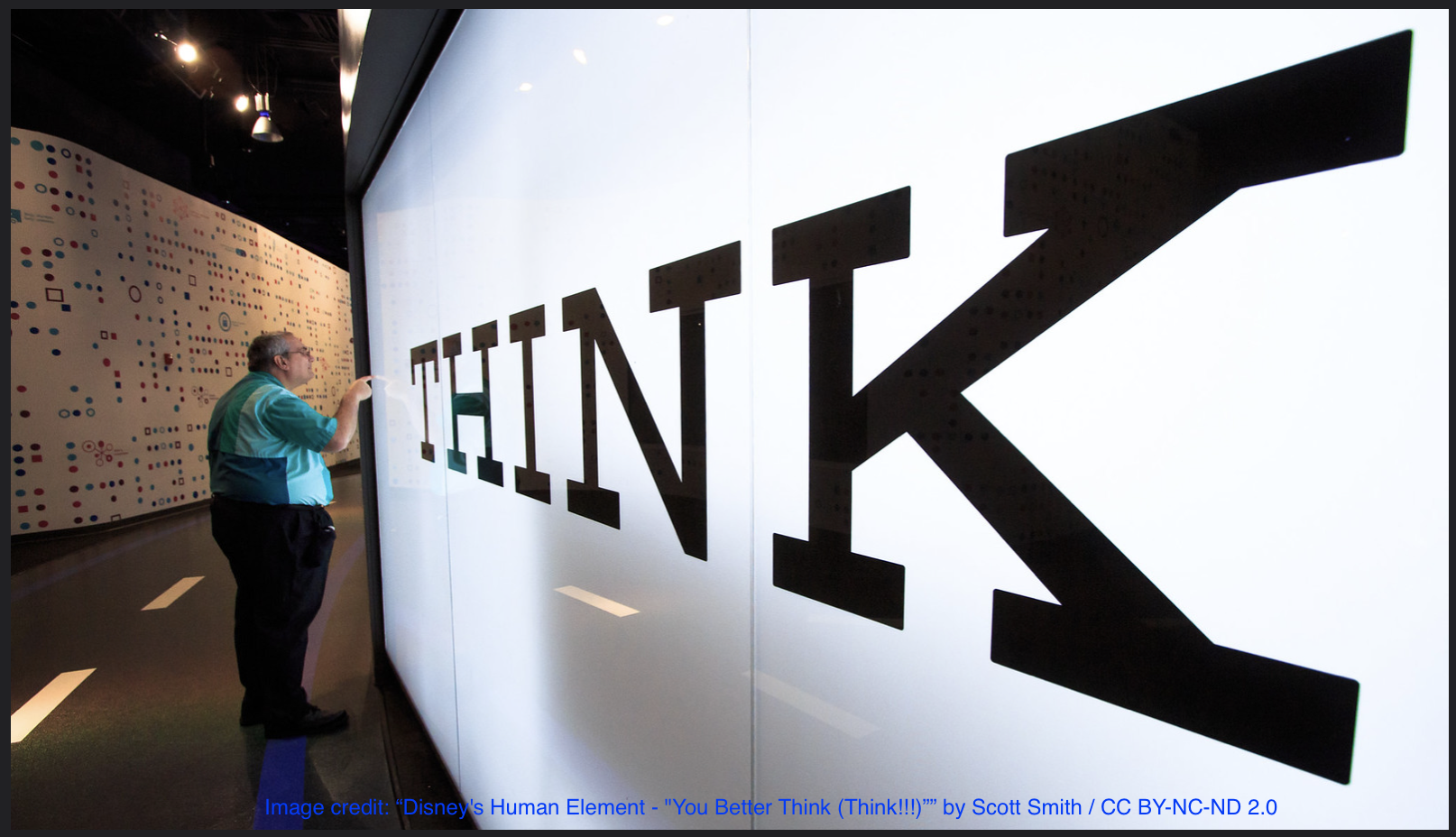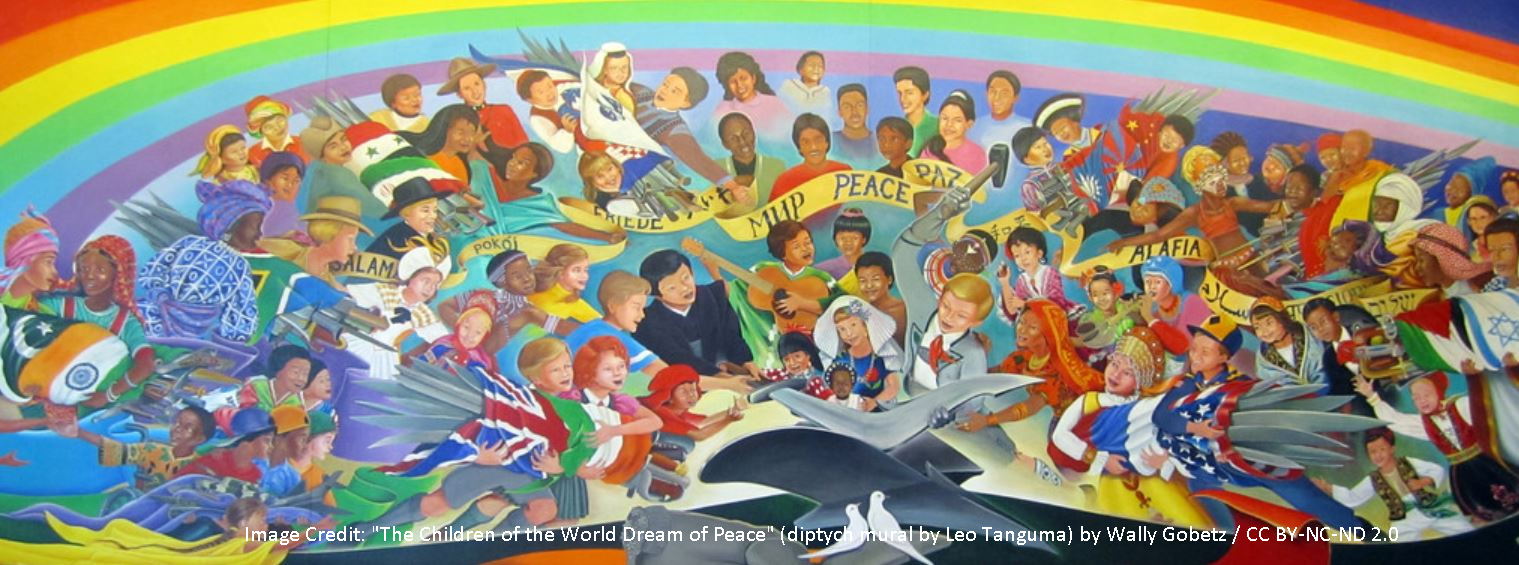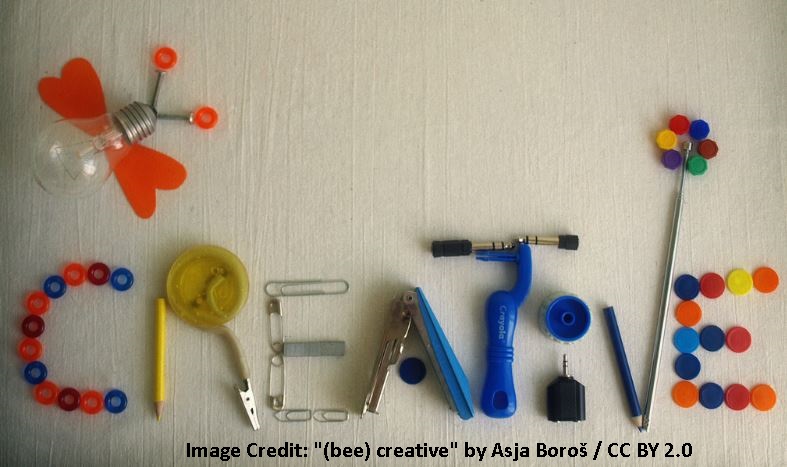In a hyper-connected world, dawns a new age of hyper-learning
In a hyper-connected world, dawns a new age of hyper-learning Patrick Blessinger Two of the most important questions facing higher education today are: how should higher education institutions respond to the dramatic changes occurring in the world today? And, since the consumption and production of knowledge (that is, the learning process) is at the center of all educational institutions, how can higher education adapt and transform their teaching and learning practices and processes to best address these changes? To help answer these questions, it may be helpful to first understand the factors driving the emerging trends in the world today (politically, economically, socially, technologically, and environmentally) and how these trends are impacting higher education. The real-time instantaneity of ubiquitous digital interactions (for example, the integration of social media with wireless, GPS, and mobile technologies), as well as the development of new inventions, discoveries, and innovations, has fundamentally altered our reality [...]

